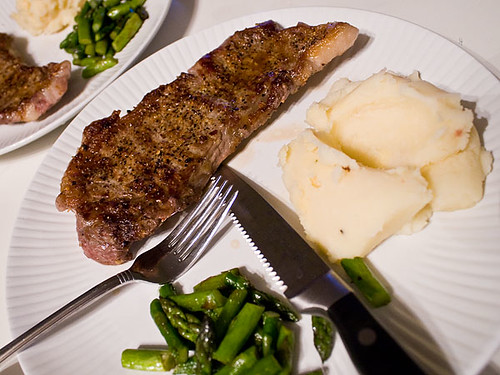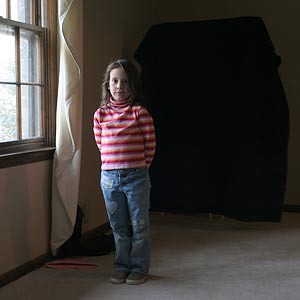
I was driving home from a canceled Boy Scout training session and I noticed the beautiful bank of clouds being lit up by the early evening sun. It's the kind of setting where you want to find something nice to put in front of it, so I thought of the recently finished Suwanee City Hall.
As I was parking, I looked for where I thought would be the best perspective. I also noticed that the sun was dangerously close to going behind some clouds, so I knew I didn't have much time. I literally ran to a spot that, while not my choice for the best location, would let me get a good shot as soon as possible. I then went to the spot I had picked out initially and got some more photos.
When I got back home and looked at all of the shots, the first one turned out to have the best combination of clouds, color, and composition. It reminded me of something I read about how Ansel Adams got his Moonrise photo.
He was traveling down the highway when he noticed the moon rising over the mountain and the village in the evening light. He slammed on the brakes, pulled over, and hopped out with his gear. He feared there wasn't enough time to measure the light and determine the proper exposure, so he made his best guess and took the photo. Then he went through his normal process to take a photo, but before he was done the light was gone.
Adams probably drove away thinking he had missed a perfect opportunity for a wonderful photo, but we all know now that he didn't. One of his most famous photographs was a guess – a well-educated guess, mind you – but a guess all the same.
The main lesson to learn here is to pay attention to your surroundings and don't be afraid to snap off a quick shot at something that looks great. You never know when that moment may be the only chance you've got. Then take the time to make sure you have everything set for a great photo.
I shot this at f8 to get a really sharp photo, and then focused about two-thirds into the scene (around the water fountain in the front) to make sure everything was in focus, from front to back. I also shot it a little loose so I could crop it in the way I wanted once I got it loaded on the computer. Finally, I followed the rule of thirds by putting the building down in the lower third of the photo, which helps place more emphasis on the cloud formation above it.
In order to avoid a slanted effect (where the sides of the building seem to slant towards each other), I purposefully went up the slope in front of the building in order to be standing more on an equal elevation. You can see the camera level is just above the awning over the front doors. This way I was aiming the camera straight ahead instead of aiming it slightly upwards, which would have created the slanting sides of the building.
I really like this photo. Some of the impact is lost here in the small version, but the full-blown shot is fantastic. The only regret I have is something out of my control. I wish the clouds were more puffy and separated, instead of one massive cloudbank.


















